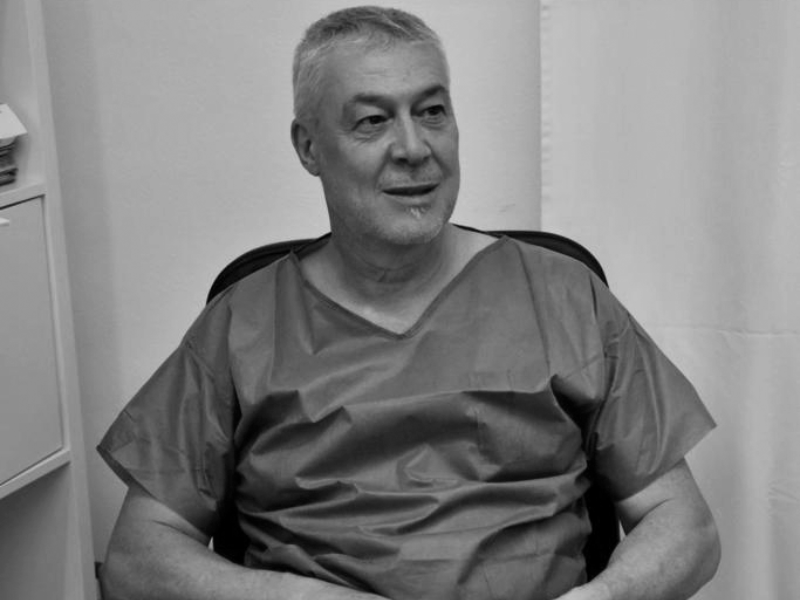Medical doctors and Surgeons
Labiopalatoschisis: the harmony of the face
In Italy are estimated about 600-700 new cases of cleft lip every year.
Gian Luca Gatti, specialist in plastic, reconstructive and aesthetic surgery, medical director at the Operating Unit of Plastic Surgery of the Hospital of the University of Pisa directs the department dedicated to external congenital malformations such as labiopalatoschisis. In the interview explains the path that children take to treat this pathology.
Labiopalatoschisis is a congenital malformation that affects the lip, the maxillary bone – describes the surgeon; particularly affects the alveolus, nose and palate. This disease occurs between the fourth and ninth weeks of gestation. In Tuscany there are about 20-25 cases every year the structure in which the surgeon works treats more than 100 that, in the majority, they come from outside the Region.
Forms of cleft can be different and may occur in complete or incomplete, unilateral or bilateral form

When cleft is isolated, and affects only the palate, it is called cleft lip. When it hits the lip it is a cheiloschisis, if it includes both the lip and the alveolus it is a cheilognatoschisi. Finally, when the cleft also affects the palate and is presented in full form is called cheilognatopalatoschisi. Moreover, there are rare forms of cleft palate under mucosa. It is apparently healthy, but the muscles are separated as in a real cleft. These cases are particularly important to treat because they come to our attention late: when children start to speak badly.
Nowadays most diagnoses take place in the prenatal period. When the presence of a cleft is discovered, the appropriate path is activated to understand if there may be genetic alterations. In most cases they are isolated.
The geographical incidence of this disease is varied and the causes are not fully known. Some are environmental risk factors: alcohol consumption in pregnancy, smoking, lack of folic acid and prenatal vitamins, maternal diabetes, and epilepsy and use of anti-convulsant drugs, or the advanced age of the mother.
Surgical correction is the most important time to treat this type of pathology. The future of children depends on how the interventions are carried out.
Labiopalatoschisis: The operations that can be performed are divided into primary and secondary
Primary interventions include cheiloplasty with rhinoplasty, performed between 2 and 3 months of life, and palatoplasty, when there is cleft palate carried out at the age of 6 months. In a form in which the cleft affects only the lip and gum, the surgery will be only one and will be carried out at 3 months. . If, on the other hand, the palate is also affected, there will be 2 interventions: one for 3 and the other for 6 months. In case there was an isolated cleft in the palate it could be carried out a single operation at 6 months.
We must also consider that the monolateral cleft causes the muscles of the child’s face to pull abnormally, causing a very evident asymmetry in the bone segments and soft tissues of both the lip and nose. «In bilateral forms the correction is very difficult – says the surgeon – for an anatomical alteration between the lateral segments and the central part».
In Pisa, in the department that directs Gatti, at the same time as cheiloplasty and rhinoplasty, an intervention called periostioplasty, conceived by the former director Alessandro Massei. This operation is a gingivalvaloplasty extended to all the maxillary bone that allows the formation of the bone at the site of the cleft spontaneously.
In addition, it is important to remember how important it is to turn to centres in which there is a specialised multidisciplinary team to look after children. There is euro left; a European network for research, prevention and treatment of orofacial clefts, which has issued recommendations for centres dealing with this disease.




































